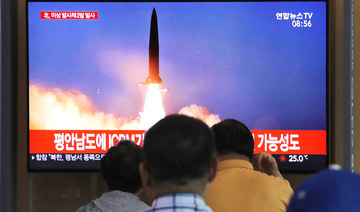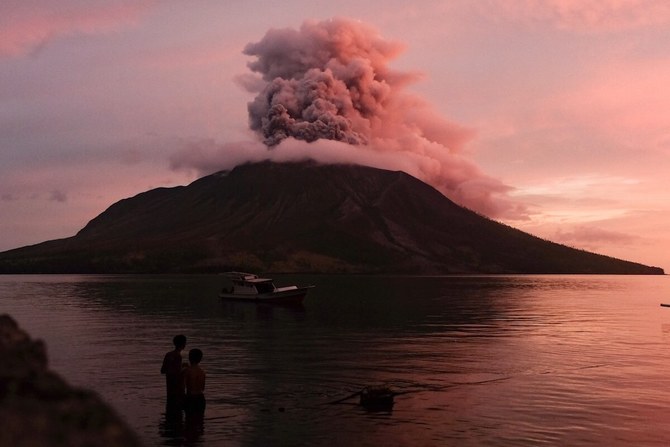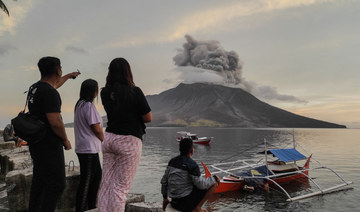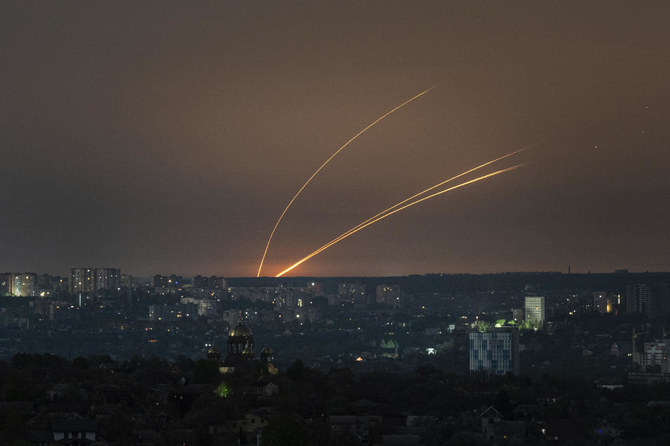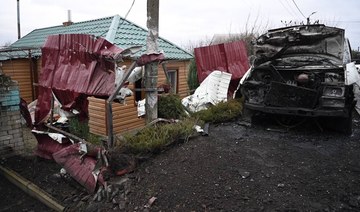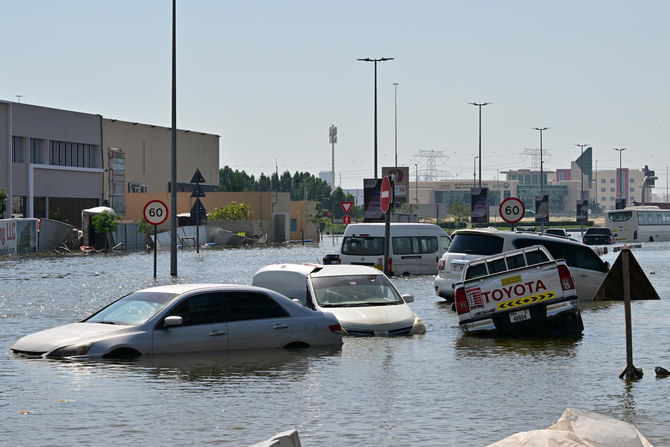SEOUL: North Korean leader Kim Jong Un has invited US President Donald Trump to Pyongyang in his latest letter to the American head of state, South Korea’s top diplomat said on Monday.
“I heard detailed explanations from US officials that there was such a letter a while ago,” Foreign Minister Kang Kyung-hwa told a parliamentary session. “But I’m not in a position to confirm what’s in the letter or when it was delivered.”
The foreign minister’s remarks followed reports by a local newspaper, JoongAng Ilbo, which said that Kim’s invitation was extended in an undisclosed personal letter sent to Trump on Aug. 15.
If true, the invitation was made as diplomats of the two governments were in a tug-of-war over the resumption of working-level talks for the North’s denuclearization efforts.
During a surprise meeting at the Korean border village of Panmunjom on June 30, Trump and Kim pledged that working-level nuclear disarmament talks would resume within a month, but no such talks have been held, with both sides indulging in a blame game instead.
“We are very curious about the background of the American top diplomat’s thoughtless remarks and we will watch what calculations he has,” North Korea’s first vice Foreign Minister Choe Son-hui said on Aug. 30 in a statement carried by the North’s official Central News Agency (KCNA). He was referring to US Secretary of State Mike Pompeo’s comments terming Pyongyang’s rocket launches as “rogue.”
However, the tone has changed significantly with the communist state recently offering to return to dialogue with Washington “at a time and place agreed late in September.”
“I want to believe that the US side would come out with an alternative based on a calculation method that serves both sides’ interests and is acceptable to us,” Choe said on Aug. 30.
On Monday, the director-general of the North Korean Foreign Ministry’s department of American affairs said working-level denuclearization talks will likely take place “in a few weeks” but demanded security guarantees and sanctions’ relief as prerequisites.
“The discussion of denuclearization may be possible when threats and hurdles endangering our system security and obstructing our development are clearly removed beyond all doubt,” the statement said.
HIGHLIGHT
It’s not clear whether the US president has responded to the invitation, thought he has touted his personal relationship with the young North Korean dictator.
South Korean President Moon Jae-in was upbeat about the early resumption of nuclear talks.
“North Korea-US working-level dialogue will resume soon,” he said, citing an “unchanged commitment” to trust and peace by the leaders of both Koreas and the US.
The working-level meeting will serve as a “force to advance the peace process on the Korean Peninsula,” he added.
Moon is scheduled to meet Trump on the sidelines of a UN General Assembly session in New York next week.
“It will be an opportunity to share opinions and gather wisdom with Trump on the direction of further development of South Korea-US relations,” he said.
The White House offered no immediate comment.
It’s not clear whether Trump responded to Kim’s invitation to Pyongyang, but the US commander-in-chief has touted his personal relationship with the young North Korean dictator, who oversaw the test-firings of short-range ballistic missiles and multiple launch rockets more than half a dozen times since late July.
While none of the projectiles are a direct threat to the US continent they still pose threats to US and its allied forces in South Korea and Japan.
“Kim Jong-un has been, you know, pretty straight with me, I think,” Trump told reporters on August 24 before flying off to meet with world leaders at the G7 in France. “And we’re going to see what’s going on. We’re going to see what’s happening. He likes testing missiles.”
Experts say the apparent firing of US National Security Adviser John Bolton has also boosted chances of fresh negotiations with the North, which had long criticized him for his hawkish approach toward the regime.
“The displacement of a ‘bad guy’ could be construed as a negotiating tactic to seek a breakthrough in the stalemate of nuclear talks. It’s a show of a will to engage the counterpart in a friendlier manner from the perspective of negotiation science,” Park Sang-ki, an adjunct professor at the department of business management at Sejong University in Seoul, told Arab News.




